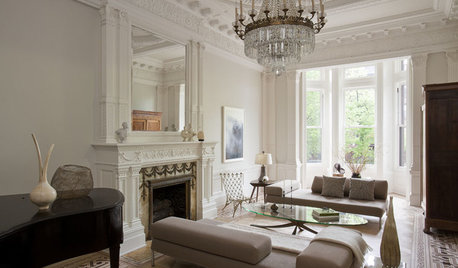spectrometer
habman
17 years ago
Related Stories

REMODELING GUIDESCrown Molding: Is It Right for Your Home?
See how to find the right trim for the height of your ceilings and style of your room
Full StorySponsored
More Discussions
Hi guys,I just received my spectrometer today.
It's a very crude spectrometer but I'm able to mesure wavelenght.
From my first observations of flurescent lights, it's looks like all flurescents (6500k, 3000k) have the exact same spectrum but are showing diffrent intensity.
I guess all the experts already knew that.
It appears that the diffrence is the ratio of chemicals used in the fluorescents.
Anyways I will try to take pictures of diffrent flurescent spectrum and post it here.

shrubs_n_bulbs
habmanOriginal Author
Related Professionals
Anderson Landscape Contractors · Camp Verde Landscape Contractors · Centereach Landscape Contractors · Deerfield Beach Landscape Contractors · Dinuba Landscape Contractors · Dixon Landscape Contractors · East Patchogue Landscape Contractors · Wanaque Landscape Contractors · Irvington Landscape Contractors · Fish Hawk Handyman · Jacksonville Fence Contractors · Bartlesville Fence Contractors · Branford Fence Contractors · Sacramento Fence Contractors · Boone Roofing & Guttersshrubs_n_bulbs
habmanOriginal Author
shrubs_n_bulbs
habmanOriginal Author
shrubs_n_bulbs
habmanOriginal Author
habmanOriginal Author
shrubs_n_bulbs
habmanOriginal Author
scottplumerias
habmanOriginal Author
scottplumerias
habmanOriginal Author
shrubs_n_bulbs
habmanOriginal Author
habmanOriginal Author
jimnall
shrubs_n_bulbs